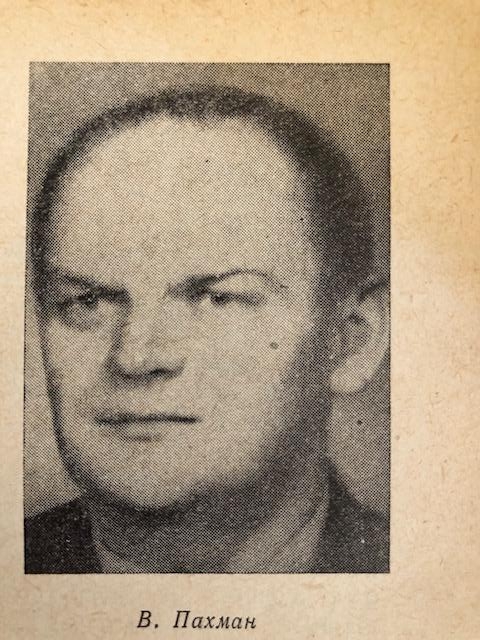Master's words.
A rich harvest of problems gleaned this summer. The 9th helpmate (in 5) seems obvious, doesn't it? The only difficult one seems to me to be "mister" Jones' 7th. But there are some tricks in some of the others.
Four 2 moves spread over almost a century. In the 2nd, everything is prepared, but... The 3rd is the (brilliant) work of a man from Nice. Same anthology of 3# over a century, in very different styles.
 A tribute to the great Vladimir Pachman (brother of GM Ludek) in 4#. A few other varied moremovers, ending with two charming French works.
A tribute to the great Vladimir Pachman (brother of GM Ludek) in 4#. A few other varied moremovers, ending with two charming French works.
All of these problems can be solved, as can Gamnitzer's selfmate 6#. However, for the latter, I prefer to "forget" to erase the solution.
We must start again slowly, without frightening the many new recruits of our dynamic circle. Let's start this new school year with an easy Azeri study, but with a point on the 10th move.
 A Rook is sometimes as strong as a Queen, helped by a pawn on the 7th. A tribute to Georgia which has just organised a congress where I would have liked to be.
A Rook is sometimes as strong as a Queen, helped by a pawn on the 7th. A tribute to Georgia which has just organised a congress where I would have liked to be.
Two sub-promotions for the road, by a great Polish composer. He also managed 3, but in an inevitably more artificial presentation. In a winning study, it's a bit easier to keep a natural pace, see Halberstadt's work.
An interesting pawn ending was proposed by two listeners. It looked familiar. I remembered a trip by the white king to a5 and another to c5. The move I wanted to play (1 Rc3) looks winning. And it is!
 Simply, the wK was not quite where it should have been (not in d3, but in e3). I attach the analysis made at least 6 years ago.
Simply, the wK was not quite where it should have been (not in d3, but in e3). I attach the analysis made at least 6 years ago.
 Today's game has a kind of double. The theme is: the advantage of a bad structure! You do sacrifice a pawn for an attack, don't you? Well, here it's only half a pawn. One comes from 1 e4, the other from 1 d4. But good ideas are independent of the opening...
Today's game has a kind of double. The theme is: the advantage of a bad structure! You do sacrifice a pawn for an attack, don't you? Well, here it's only half a pawn. One comes from 1 e4, the other from 1 d4. But good ideas are independent of the opening...
See you, God willing, in a fortnight, on Tuesday 22nd October.
Have a good time.
Add a comment